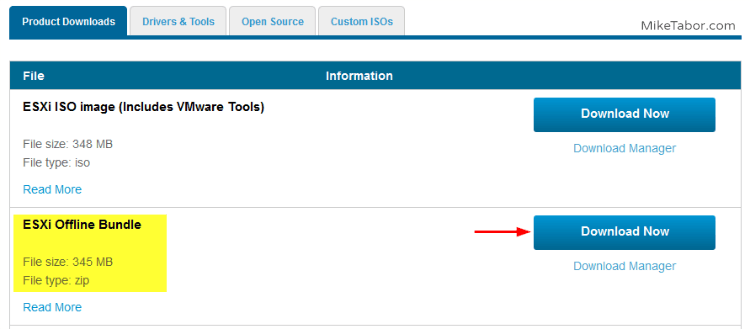

I tried this upgrade process including the steps mentioned by aporlebeke but it did not work. After your ESXi host restarts, connect via SSH and run the following command to exit maintenance mode:Īt this point, your ESXi host should be upgraded to ESXi 6.7.0. Once the update has been installed and prompts you to reboot, run the following command to restart:ĩ. Running esxcli software profile install may overwrite drivers that your ESXi host needs.Ĩ.

Note: It is very important that you run esxcli software profile update here.

Once you’ve identified the correct version of VMware (as of 5-18-2018, this is ESXi-6.7.0-8169922-standard), run the following command to download and install the update.Įsxcli software profile update -d -p ESXi-6.7.0-8169922-standard You want the latest one that ends in -standard for your version of VMware.Įsxcli software sources profile list -d | grep ESXi-6.7ħ. Next, run the following command to list the ESXi 6.7 updates available. After putting ESXi into maintenance mode, run the following command to set the correct firewall rules for the httpClient:Įsxcli network firewall ruleset set -e true -r httpClientĦ. Once logged in, run the following command to enter maintenance mode:ĥ. Enable SSH on your ESXi server, if it is not already enabled.Ĥ. Shut down all VMs running on your ESXi host machine.Ģ. To upgrade from ESXi 6.5 to 6.7 using esxcliġ. For those interested, see below the jump for the details of the process I used. Following VMware’s release of ESXi 6.7, I upgraded my ESXi 6.5 server to ESXi 6.7 using SSH and esxcli.


 0 kommentar(er)
0 kommentar(er)
